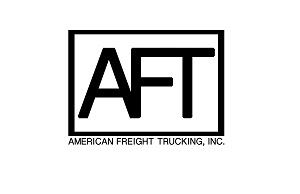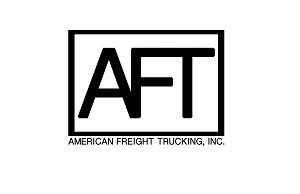Cargo Chief seeks out hidden capacity with ‘C4’
Cargo Chief has launched its new C4 platform aimed at helping third-party logistics firms digitally match freight loads for shipper customers to hidden capacity. Russell Jones, founder and CEO of Cargo Chief, said the system leverages artificial inte ...Read the rest of this storyWhite House quarrel over Russia sanctions erupts in public
An internal White House quarrel over the timing of new Russia sanctions played out in public when the new economic adviser suggested U.N. Ambassador Nikki Haley was suffering from "momentary confusion" ...
Investigators found a major clue to what may have caused Southwest jet's engine failure (LUV)
NTSB chairman Robert Sumwalt said the failed engine on the Southwest Airlines jet is missing a fan blade. Investigators found evidence of metal fatigue at the point where the blade broke off. Southwest Airlines will immediately begin inspections of its entire fleet of more than 710 Boeing 737s.
One dead after engine explodes midair on Southwest flight
An engine on a Southwest Airlines flight with 149 people aboard exploded and broke apart in mid-air on Tuesday, killing one passenger and nearly sucking another out of a shattered window, according to airline and federal authorities and witness and media accounts. The plane, a Boeing 737-700 which was bound to Dallas from New York, made an emergency landing in Philadelphia. The death of 43-year-old Jennifer Riordan on Flight 1380 was the first in a U.S. commercial aviation accident since 2009, according to National Transportation Safety Board (NTSB) statistics.
Investigators zero in on jet engine that failed on Southwest Airlines flight
Retired NTSB board member tells CBS News that containment rings in the engine may have failed Tuesday
Ford Mustang fans refuse to let a little snow spoil a birthday party
The Ford Mustang turns 54 today. Despite being well into middle age, passion for the Mustang and all its variants and offshoots has never been stronger. Sure, the sales figures can tell you a lot. Ford sold 125,809 last year, more than any other sports coupe in the world. But that number doesn't say it all. Really, it takes just one visit to your local cars and coffee or a snowy celebration at Ford World Headquarters in Dearborn, Michigan, to see what I mean.








